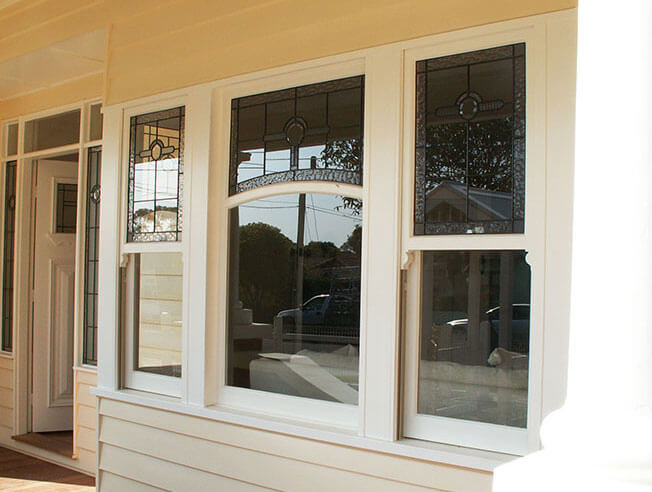All Categories
Featured
Table of Contents
What Is The Best Glazing For My Home? - Part 2 in Karawara Western Australia
That window can send more solar heat in winter season than in summer. A west-facing window on a summertime's afternoon has an angle of occurrence from near 0 approximately 30 with a large effective area of solar radiation. A north-facing window, in summer, has a high angle of incidence and a low effective area of solar radiation, so can send less heat than a west-facing one.

You can rapidly and easily enhance the thermal efficiency of your home by replacing your windows. This is among the most efficient methods of remodelling to accomplish enhanced thermal convenience. There are countless types of glass and frames to choose from. Choosing the right ones is essential to improving the energy efficiency of your home.
Double Glazing Vs Triple Glazing: Which Should You Choose in Munster Perth
There are various types of glass items to select from. Single glazing utilizes a single pane of glass. Single glazing with clear glass is not very efficient when it comes to heat loss or gain. To enhance efficiency, you can use single glazing with a more energy-efficient type of glass such as low emissivity (low-e) glass.
The energy performance of IGUs also depends on: the homes of each layer of glass. Different glass types (for example, clear and low-e glass) can be put together in an IGU.
The Science Behind Double Glazed Windows in East Fremantle Western Australia

IGU cavities can be filled with air or a more inert, low-conductivity gas such as argon the width of the cavity. Cavity thickness is usually 6 to 18mm. Larger cavities provide lower (better) U values, with 12mm normally accepted as the preferred space how well the cavity is sealed. Cavities need to be dry and well sealed to prevent moisture getting in.
If argon is set up to the cavity in location of air, moisture is reliably excluded the level of desiccant (drying agent). The spacer (metal or polymer strip) that separates the glass layers contains a desiccant to soak up any moisture. Insufficient desiccant might trigger wetness to condense on the glass surface area in cold conditions, reducing thermal efficiency.
Benefits Of Replacing Double Glazing Windows In The Summer in Wandi Perth
In reality, IGUs can provide better energy performance for all environments, particularly in heated and air-conditioned houses. Cross-section detail of single, double and triple-glazing units Low emissivity glass (frequently referred to as low-e glass) lowers heat transfer. Low-e glass might be either high or low transmission: High transmission low-e glass has a coating that allows daytime from the sun to pass into your house to attain excellent solar heat gain, but reduces the quantity of the long wavelength infrared heat that can escape back through the window.
Low-e glass has either a pyrolytic finish or a vacuum-deposited thin film metal coating. Pyrolytic finishes are long lasting and can be utilized for any glazing; vacuum-deposited finishes are soft and are just used within IGUs. Low-e finishings can considerably improve both U worth and SHGC; nevertheless, they should be used properly or they will either weaken or stop working to perform as needed.
Faq in Lesmurdie WA
Low-e coverings can be used in mix with clear, toned or reflective glass. Low-e finishings on glazing can decrease heat transfer where required Photo: Department of Market, Science, Energy and Resources Toned glass has actually colouring additives consisted of during manufacture. It is available in various colours, usually bronze, grey, blue and green.
Latest Posts
Window Glazing For Households - Energy in Millendon Western Australia
Best Double Glazing Brighton Archives in East Victoria Park Perth
Double Glazed Windows Sydney in Duncraig WA